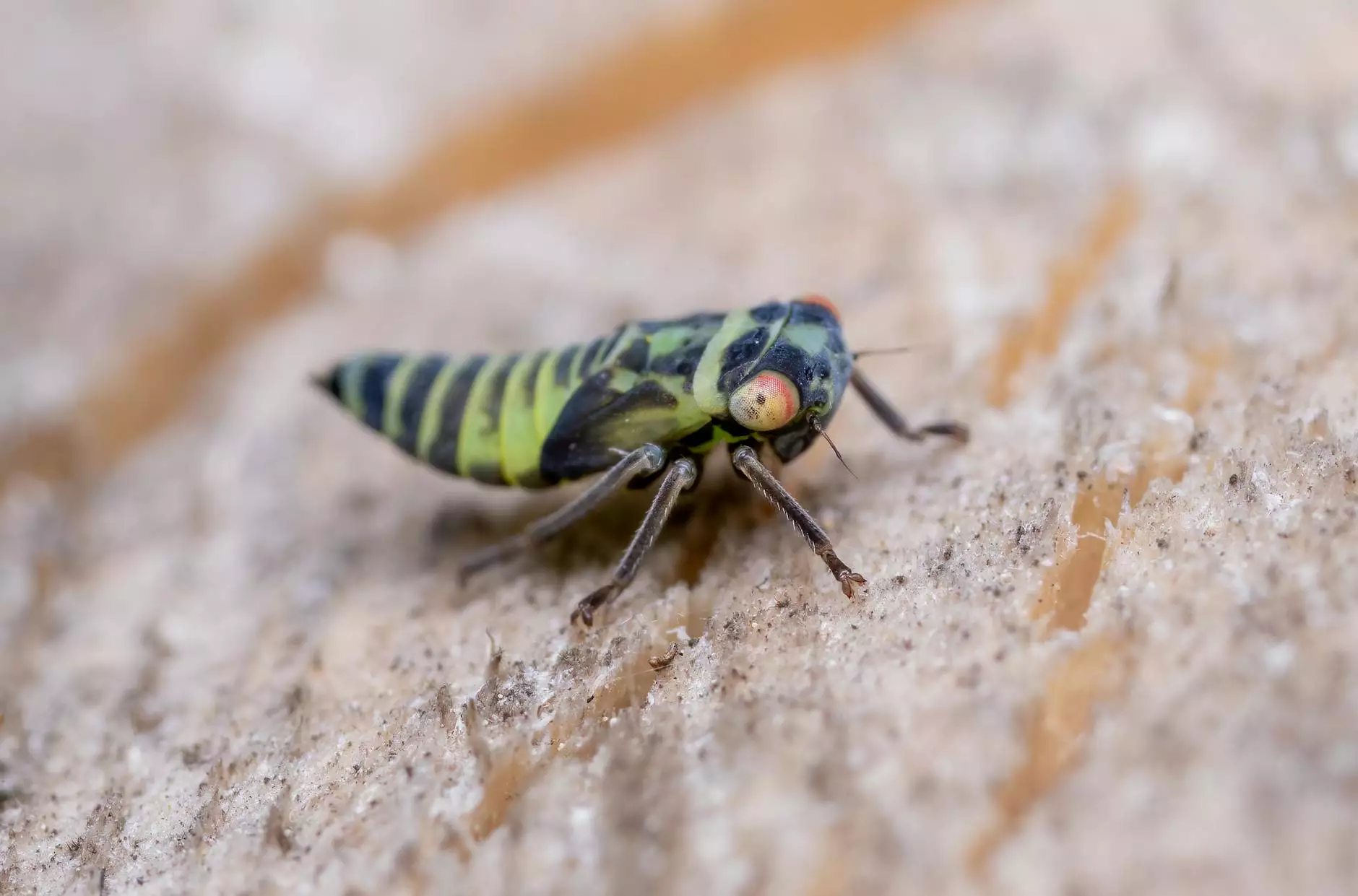Corn Weevil Control: Essential Strategies for Farmers

For farmers, protecting crops from pests is a critical aspect of ensuring a successful harvest. Among the various pests that can wreak havoc on crops, the corn weevil stands out as a significant threat. This article will provide comprehensive strategies and insights into corn weevil control, aimed at empowering farmers to defend their crops efficiently.
Understanding the Corn Weevil
The corn weevil (Sitophilus zeamais) is a common pest that infests stored corn and other cereal grains. The adult weevil is about 2.5 to 4.5 mm long, with a distinctive elongated snout. Understanding the biology and behavior of corn weevils is crucial for effective management.
Life Cycle of the Corn Weevil
The life cycle of the corn weevil includes the following stages:
- Egg: Female weevils lay eggs inside the kernels of corn. Each female can lay hundreds of eggs during her lifetime.
- Larva: Once the eggs hatch, the larvae bore into the kernels, feeding on the grain and causing significant damage.
- Pupa: After feeding, larvae enter the pupal stage inside the kernel, where they undergo metamorphosis.
- Adult: The adult weevil emerges from the kernel, ready to mate and continue the cycle.
Signs of Infestation
Timely detection of a corn weevil infestation is essential for effective control. Look for these signs:
- Holes in kernels: The adult weevils create small holes as they enter and exit the grains.
- Powdery residue: The feed remains of the larvae can often be found at the base of infested grains.
- Increased spider webbing: A build-up of spider webs can indicate an attracting food source for spiders, often indicating a pest issue like weevils.
Prevention Strategies for Corn Weevil Control
Effective prevention can significantly reduce the likelihood of corn weevil infestations. Here are some essential strategies:
1. Optimal Storage Conditions
Proper storage conditions are paramount. Maintain low moisture levels in stored corn. Aim for moisture content of 12-13%. Additionally, ensure that temperatures are below 50°F to slow down development and reproduction rates of weevils.
2. Clean and Inspect Storage Facilities
Before storing new grains, thoroughly clean and inspect storage bins and facilities. Remove any old grains, dust, or debris that may harbor pests.
3. Use of Insect-Proof Containers
Utilize insect-proof containers for storing grain. These containers can prevent weevils from entering while also providing ventilation.
Cultural Practices for Corn Weevil Control
Implementing sound cultural practices can help mitigate the risk of infestations:
1. Crop Rotation
Practice crop rotation to disrupt the life cycle of the corn weevil. Consider alternating between corn and other crops such as soybeans or legumes.
2. Timely Harvesting
Harvest crops promptly when they reach maturity. Delaying harvest can expose crops to potential pest infestations.
3. Post-Harvest Practices
Regularly monitor stored grain conditions post-harvest. Implement an integrated pest management plan to ensure no pest population builds up.
Physical and Chemical Control Methods
When prevention strategies fail, other control methods can effectively manage corn weevil populations:
1. Traps
Utilizing traps baited with pheromones can help monitor and control adult weevil populations effectively.
2. Insecticides
Use insecticides as a last resort. Ensure that any chemical used is approved for grain storage and follow the manufacturer's guidelines meticulously.
Integrated Pest Management (IPM)
Implementing an Integrated Pest Management (IPM) approach can provide sustainable long-term control of corn weevils. IPM incorporates a variety of techniques, including cultural, mechanical, and biological strategies.
1. Regular Monitoring
Maintain a consistent schedule for monitoring grains and storage areas. Check for signs of infestations regularly.
2. Utilizing Biological Controls
Consider introducing natural predators of corn weevils, such as certain species of parasitic wasps, to the environment to help manage pest populations.
The Role of Technology in Corn Weevil Control
Advancements in technology present new opportunities for effective pest management. Using smart technologies can significantly enhance control over corn weevil populations.
1. Monitoring Software
Leverage specialized software for monitoring grain storage conditions remotely. Sensors can detect temperature and humidity, providing alerts when conditions become optimal for weevil infestations.
2. Automated Control Systems
Implement automated pest control systems that can dispense insecticides or repellents at regular intervals, reducing the reliance on manual monitoring.
Health and Safety Considerations
When applying any control methods, farmers must prioritize safety:
1. Personal Protective Equipment (PPE)
Always wear appropriate PPE when handling insecticides or pesticides, such as gloves, masks, and protective eyewear.
2. Follow Safety Guidelines
Adhere strictly to safety and application guidelines provided with any chemical products to ensure the safety of both operators and consumers.
Conclusion
In summary, effective corn weevil control is vital for maintaining the integrity of stored corn. By implementing a combination of prevention strategies, cultural practices, and targeted control methods, farmers can protect their crops from this destructive pest. Monitoring advancements in technology can further enhance these efforts, providing farmers with innovative tools tailored for modern agricultural demands. Remember, proactive management and informed decision-making are key to successful corn weevil control.
For farmers in search of quality equipment and efficient methods for pest control, tsgcinc.com offers a range of services in Farm Equipment Repair and Farming Equipment. By leveraging their knowledge and tools, farmers can further enhance their operational success.









